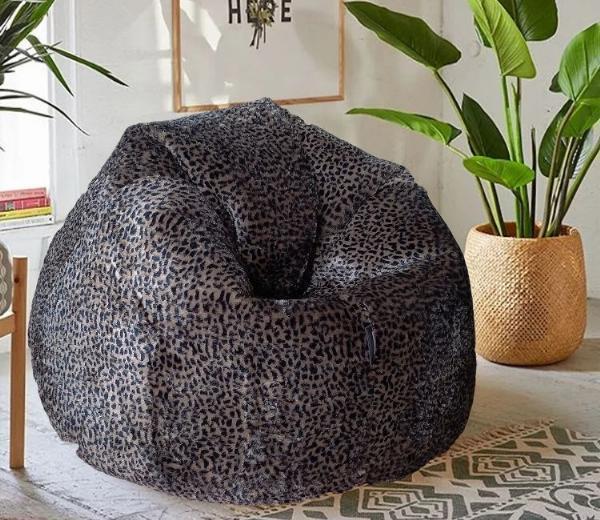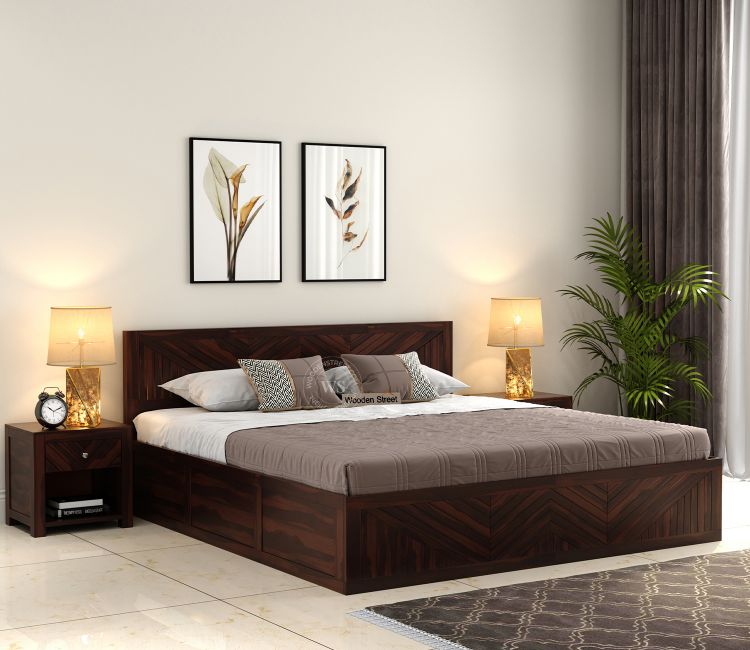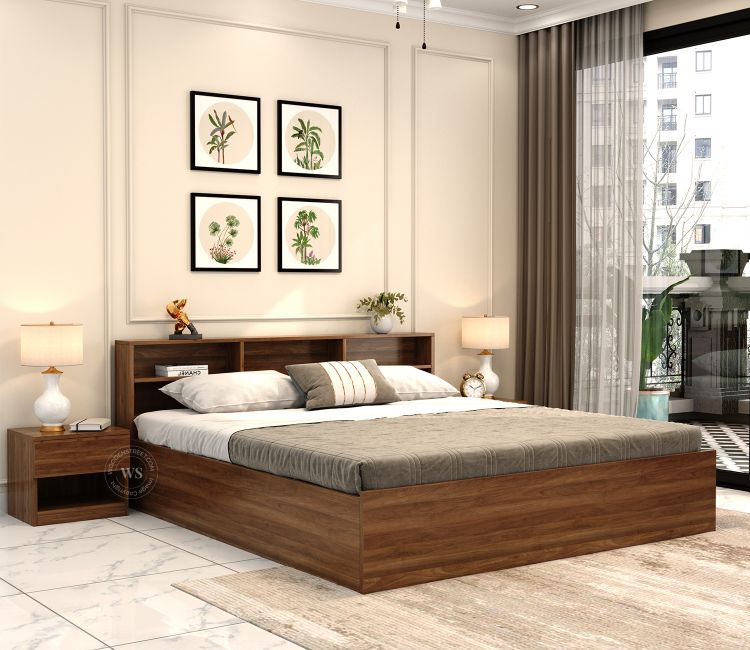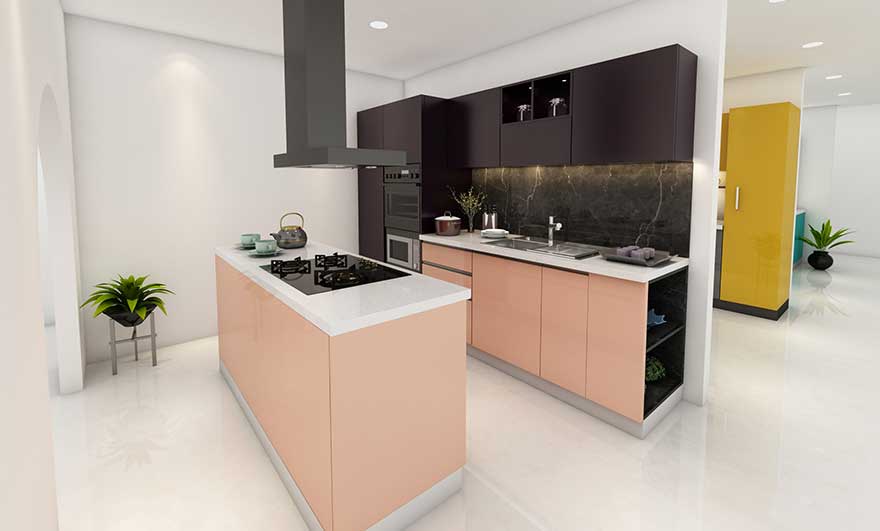The Ultimate Guide to Choosing the Perfect Bean Bag for Your Home

Bean bags have become a staple in modern home décor, offering a unique combination of comfort, versatility, and style. Whether you're looking for a cozy reading nook, a casual seating option for your living room, or a fun addition to a kid's room, bean bags can be the perfect solution. This guide will help you navigate the many options available and choose the perfect bean bag for your home.
1. Understanding Bean Bag Types
Before diving into the selection process, it’s essential to understand the different types of bean bag available. Here are some popular styles:
Classic Bean Bags: These are the traditional, pear-shaped bean bags that mold to your body shape. They are often filled with expanded polystyrene beads, providing a lightweight and soft seating option.
Structured Bean Bags: These feature a more defined shape and are designed to provide better support. They often come with backrests and armrests, making them suitable for extended use.
Sofa-Style Bean Bags: These resemble miniature sofas and can accommodate multiple people. They are perfect for lounging and come in various styles, including modular designs.
Gaming Bean Bags: Specifically designed for gamers, these bean bags offer ergonomic support for long gaming sessions. They often have a higher backrest and additional cushioning.
Kids' Bean Bags: Smaller and often colorful, these bean bags are designed specifically for children. They come in various fun shapes and designs that appeal to kids.
2. Consider Your Space
Before choosing a bean bag, consider where you will place it in your home. The size and layout of the room can significantly influence your decision.
Room Size: Measure your available space to ensure the bean bag fits comfortably without overcrowding the room. Larger bean bags may work well in spacious living areas, while smaller ones are ideal for compact spaces.
Existing Décor: Think about your current interior design. A bean bag should complement the room’s color scheme and style. Opt for neutral tones for a more sophisticated look or vibrant colors for a fun, lively atmosphere.
Functionality: Determine how you plan to use the bean bag. If it's for lounging while watching TV, a larger, structured design might be best. For casual seating, a classic bean bag could suffice.
3. Choose the Right Fill Material
The fill material plays a crucial role in the comfort and durability of your bean bag. Here are the most common types of fillings:
EPS Beads: Expanded polystyrene beads are the most common filling. They are lightweight, provide excellent support, and easily mold to your body shape. However, they may compress over time, requiring refills.
Shredded Foam: This material offers more durability and support than EPS beads. Shredded foam maintains its shape better and provides a firmer seating experience, making it a popular choice for structured bean bags.
Microbeads: Smaller than EPS beads, microbeads offer a plush and luxurious feel. They are often used in higher-end bean bags, providing excellent comfort and conforming ability.
Cotton or Synthetic Filling: Some bean bags use cotton or synthetic materials for filling, providing a more eco-friendly option. These tend to be more supportive and durable.
4. Fabric and Maintenance
The fabric of your bean bag impacts both comfort and maintenance. Consider the following options:
Cotton: Soft and breathable, cotton is a popular choice. It’s comfortable but may require frequent washing.
Leather or Faux Leather: These materials offer a sleek, sophisticated look and are easy to clean. However, they may not be as breathable as fabric options.
Canvas: Durable and easy to maintain, canvas is a great choice for families or high-traffic areas. It’s often water-resistant and can withstand wear and tear.
Microfiber: This soft and plush material is easy to clean and offers a luxurious feel. It’s a great choice for a comfortable seating option.
Outdoor Fabric: If you plan to use your bean bag outdoors, look for UV-resistant, water-resistant fabrics to withstand the elements.
5. Safety Considerations
When choosing a bean bag, especially for children, safety should be a priority. Here are some tips:
Child-Safe Zippers: Ensure that the bean bag has safety zippers that are not easily opened by children. This prevents accidental exposure to the filling material.
Non-Toxic Materials: Look for bean bags made from non-toxic materials, especially if children will be using them.
Weight Capacity: Check the weight capacity of the bean bag to ensure it can support the intended users safely.
6. Style and Aesthetics
A bean bag can be a stylish addition to your home, so consider the following design elements:
Color: Choose colors that complement your décor. Neutral colors like beige, gray, or white can blend seamlessly, while bold colors can add a pop of fun.
Patterns: If you want to make a statement, opt for patterned bean bags. Floral, geometric, or abstract designs can enhance your room's visual appeal.
Shape: The shape of the bean bag can affect its overall look. Classic styles offer a casual vibe, while structured designs can appear more sophisticated.
7. Budget Considerations
Bean bags come in a wide range of prices, so it’s essential to set a budget before shopping. While it’s tempting to opt for the cheapest option, investing in a high-quality bean bag can ensure better durability and comfort in the long run.
Affordable Options: Look for basic designs with EPS bead filling for budget-friendly choices.
Mid-Range Choices: These often offer better quality materials and more stylish designs, perfect for those wanting a balance of comfort and aesthetics.
Luxury Bean Bags: For those willing to invest more, luxury bean bags with shredded foam and high-end fabrics provide the ultimate comfort and style.
8. Maintenance Tips
Keeping your bean bag clean and well-maintained will prolong its life. Here are some tips:
Spot Cleaning: For minor spills or stains, use a damp cloth and mild detergent to clean the affected area.
Regular Vacuuming: Use a vacuum cleaner with an upholstery attachment to remove dust and debris from the fabric.
Refilling: Over time, you may need to refill the filling material to maintain comfort. Most bean bags come with easy-access zippers for this purpose.
Washing: Check the manufacturer's instructions for washing the cover. Many covers are removable and machine washable, making maintenance easier.
FAQs
1. Are bean bags suitable for adults?
Absolutely! Many bean bags are designed specifically for adult use, offering larger sizes and more structured support for comfort.
2. How do I choose the right size bean bag?
Consider the available space and how many people will use it. Larger bean bags are great for lounging, while smaller ones work well in tighter spaces.
3. Can I use a bean bag outdoors?
Yes, but ensure you choose a bean bag made with outdoor fabric that is UV-resistant and water-resistant.
4. How often should I refill my bean bag?
This depends on usage. If you notice the bean bag is losing shape or firmness, it may be time for a refill.
5. Are bean bags safe for kids?
Yes, as long as you choose models with child-safe zippers and non-toxic materials. Always supervise young children while they use them.
Note: IndiBlogHub features both user-submitted and editorial content. We do not verify third-party contributions. Read our Disclaimer and Privacy Policyfor details.







